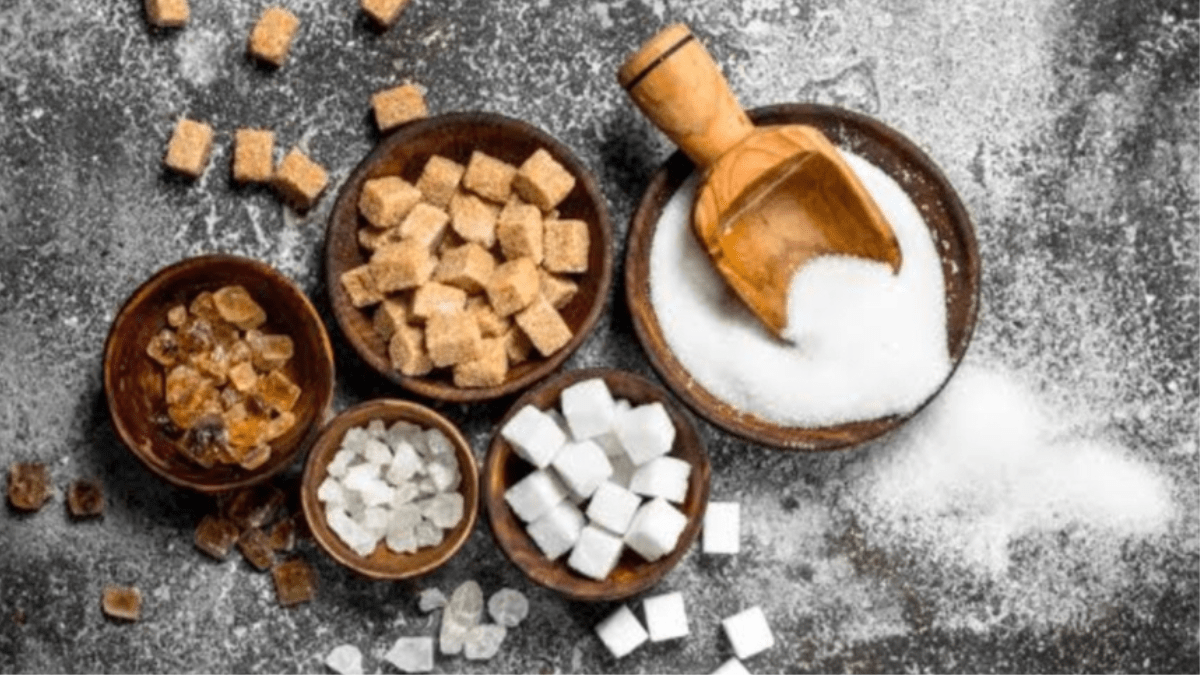Indian cooking employs a variety of sugars, such as palm sugar, jaggery, and granulated sugar, each of which adds a unique flavor to recipes.
Sugar, a vital component of Indian cooking habits, tells a charming story of cultural significance that is woven across the rich fabric of Indian traditions. Sugar plays a central role in celebrations, from the traditional wedding festivities to the colorful festival celebrations, signifying happiness, plenty, and a general sense of satisfaction. Sugar was formerly seen as a luxury good exclusive to the wealthy, but as it became more scarce and associated with wealth, it gained cultural significance and came to represent success and prosperity in Indian society. Indian cooking employs a variety of sugars, such as palm sugar, jaggery, and granulated sugar, each of which adds a unique flavor to recipes.
In addition to providing sweetness to delicious sweets and desserts, sugar plays a fundamental role in harmonizing with the spices and flavors that characterize savory Indian meals. Sugar enhances the flavor and texture of a wide range of culinary delights, from the aromatic scent of a warming cup of Masala Chai to the deft artistry of traditional mithais (sweets). Indian rituals are interlaced with traditions and celebrations, and sugar has become increasingly significant in the culture. It is now a necessary component in many of the classic desserts that are served on tables during religious and cultural celebrations. Sweets may bring people together.
Holidays in India are times for family get-togethers, and food plays a big role in fostering these relationships. It’s a time to trade sweets with one another, learn new recipes, and share sweets. Sweets are a reflection of the richness of Indian culture since the country is home to numerous various languages, faiths, and customs, and each region has its own unique sweet dishes. From the rasgullas of Bengal to the jalebis of North India, the gulab jamuns of Maharashtra, and the Mysore pak of South India, sweets are a reflection of India’s rich and varied culinary traditions. These delicious confections represent the interwoven feelings of happiness and treasured relationships that are closely related to these historic events, transcending their food form.
In Indian culture, sugar is deeply linked to generosity, hospitality, and the joy of giving, even outside of its use in food traditions. It is demonstrated by the copious amounts of candy given out at weddings, when each guest is greeted with a sign of love and sweetness. Moreover, in religious events, sugar takes on a symbolic meaning that embodies dedication and giving. India’s cuisine underwent a delicious combination of flavors and techniques as it opened its doors to global influences and cultural interactions. The possibilities for the use and significance of sugar in Indian cuisine were broadened with the arrival of Western desserts and baked items.
Sugar has a culturally significant role in Indian food, serving as a sweet symphony that honors the essence of plenty, joy, and community. Sugar reveals the savory legacy that has been passed down through the years as it weaves itself into the intricate tapestry of Indian traditions. It crosses cultural divides by adding a modern twist to classic treats. Whether enjoying a traditional mithai or indulging in fusion desserts, sugar never fails to bring about moments of pure joy and spread its sweetness throughout everyone’s lips and hearts.
